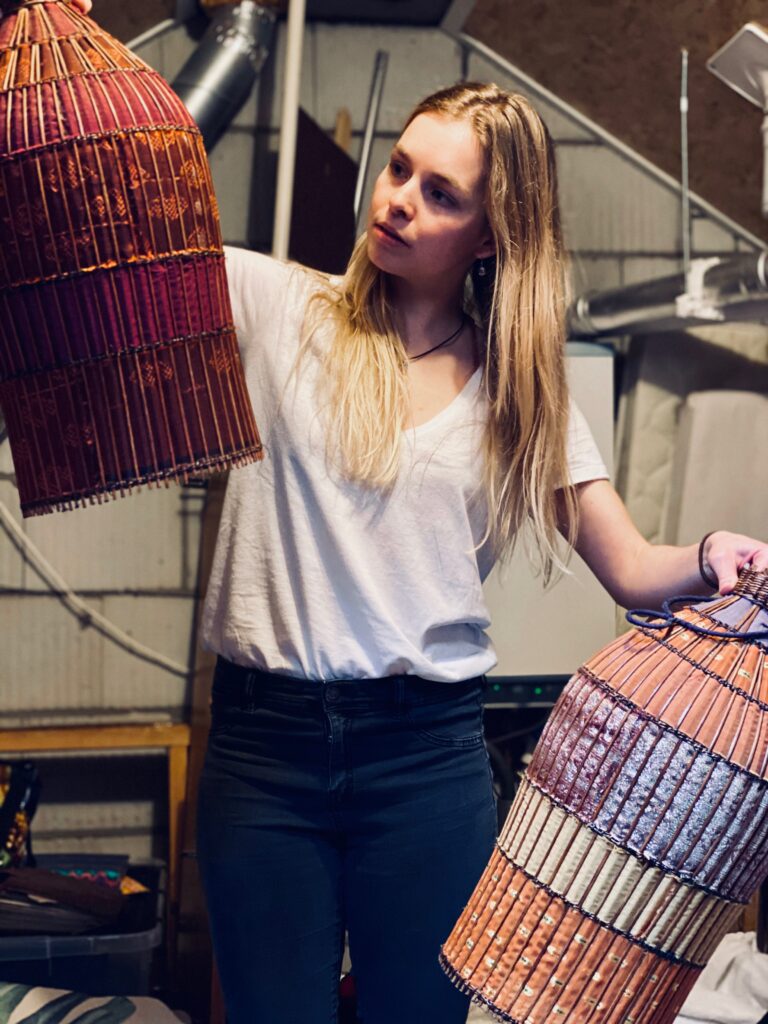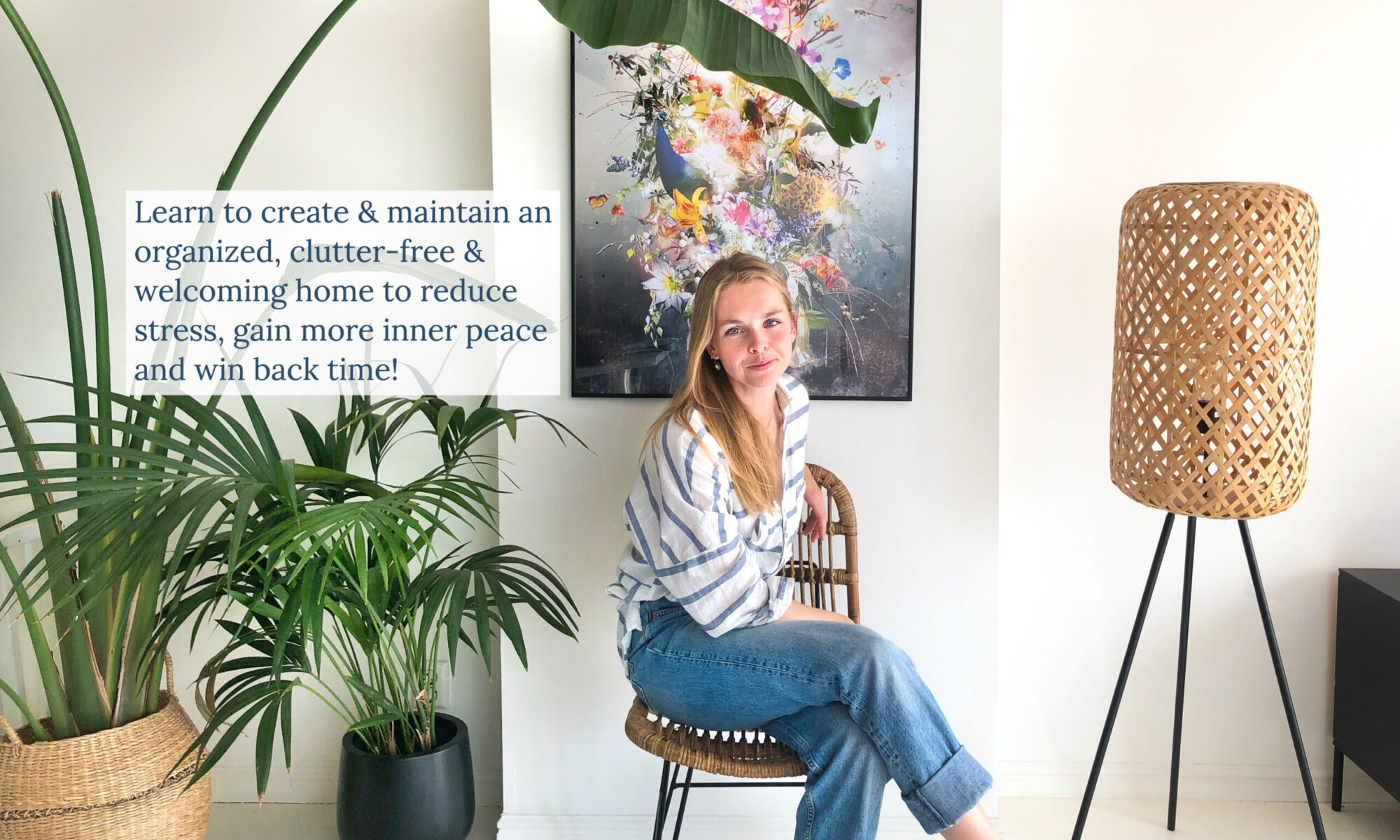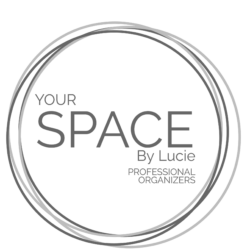Let’s talk decluttering strategies today. How do you declutter? What’s your method? Do you follow “Does it spark joy” from Marie Kondo, or think about the practical “Do I need it? Do I use it?” of the minimalism advocates? There seems to be no one method that works for everyone. And even the methods that do seem to work for you won’t work in all areas of your life/house.
That is why when people ask me what method I follow my usual reply is “none and all“. I find it important not to stay in the dogma of one approach, but to keep a flexible and intuitive approach based on listening.
However, there has been one question that seems to work for a good portion of my clients! And even though it won’t work with the sentimental category, it tends to answer both the practical and the aesthetical questions you might ponder.
“Am I buying it again?
To ask this question means to reverse the process of losing into the process of gaining. If you hate getting rid of stuff and love shopping, this might work especially for you.
Just as all the books recommend, we pull out everything from the area we’re decluttering. Why is that? Because it lets you have a fresh look at things! When you have your book on the shelf for ages, you won’t even see it. That’s how automatically it’s built into your environment. That’s why pulling it all out is a very important step (and a practical one as it allows you to dust off the unattended years).
Once all is out of its home, the fun part can start. I get you to imagine you’re in a shop. A clothes shop, a book shop, a cooking utensils shop…where everything has no label and you can buy as much as you want.

Go through the shop pile piece by piece and see for yourself which items you wish to re-buy because they’re handy, pretty, awesome, or something you always use. You don’t have to feel cruel for getting rid of the rest. Just the way you wouldn’t feel sad for the pieces you left behind in a usual shop. If you dispose of your decluttered stuff responsibly, it will get another life and perhaps become the very favorite piece of its new owner.
The magic of this approach lies in the fact that you’re doing a positive activity (=gaining) in the now. Basing your decisions on who you are now, what you like now, and where would you like to go in life from now. It lets you reset all previous hopes, ideas, plans, and identities and create a fresh base for your future steps.
This question eliminates the pieces which were part of your environment just because:
– Someone gave them to you (and you politely accepted it)
– You won them or got them for free (as a special present with your purchase, extra offer, loyalty reward, etc..)
– You used to pursue a certain identity, hobby, look, or career (and needed the accompanying stuff for that)
– You used to love it at the time of purchase (when it was fashionable)
– You were in a bad mood and needed a shopping fix (even though it was a bad purchase)
– You got tricked by an advertisement (yet the product is just not for you)
– You used to use it (in a different house, different country, different situation, …)
The sentimental category
As I said, this process doesn’t work for sentimental items because we hold onto them not because we like them for what they are, but because we keep them for what they represent. When you come across a sentimental object, just set it aside and come back to it after you go through your “shopping”.
For storing sentimentals, it’s important to realize their purpose. Are they just sentimental, or do they still serve a practical function? If they can be both sentimental and functional, that’s wonderful! However, that doesn’t happen all the time so make sure if they are purely sentimental, they’re not in a way of your practical life, but get displayed or stored in their appropriate manner – with care.
The “can’t get rid of it” category
It might happen, that with some objects that you don’t want to re-buy, you’ll still feel like you want to keep them. You don’t like it, you don’t use it, it’s not sentimental. But there’s still something pulling you back from letting go.
Here we come to the realization, that decluttering is an emotional and mentally confronting process as well. For now, I am just going to tell you, that the most probable reason you keep this piece is GUILT. Try investigating a bit deeper into your reasoning and see if you can find that familiar feeling within.
I wish to keep this article short and on point. Hence I will end it right here, and invite you to read on guilt and self-confrontation in my next blog post coming out in two weeks’ time.
Do you need more PERSONALIZED TIPS AND SOLUTIONS FOR YOUR PARTICULAR SITUATION?
I offer virtual organizing sessions 1:1!
Check out how it works and sign up for a free call if you want tailored guidance, and accountability for your next home organizing or decluttering project!

